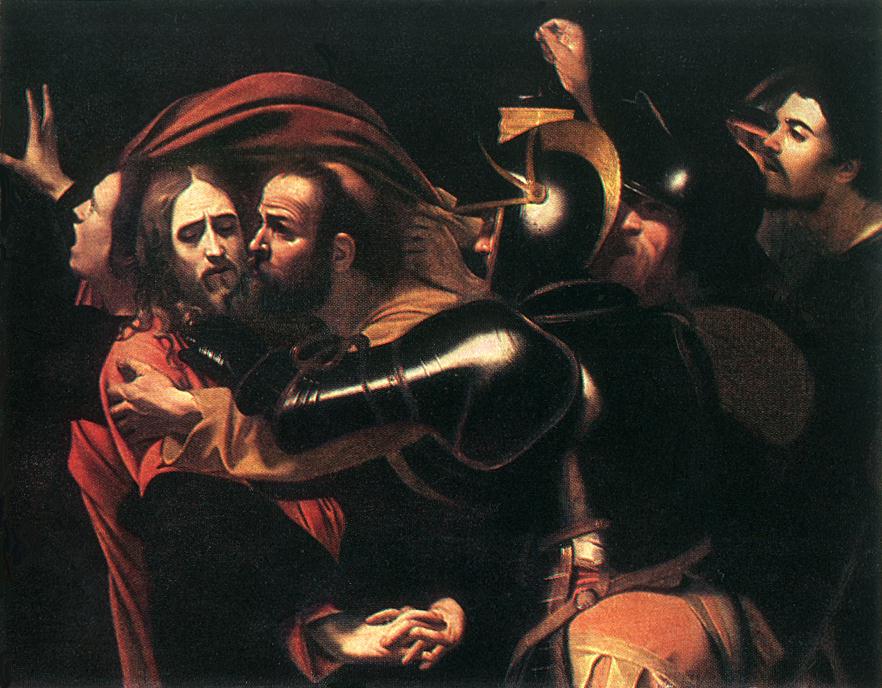Tuesday, October 19th, 2010
Museum for Forgeries
If there was a museum for art forgeries, would you go to it? What would be the appeal of seeing such forgeries? The underhanded element of crime and mystery? The sheer historical interest?
Or, on the other hand, would you consider such art to be “second rate” and unimportant? Would you find forgeries to be uninteresting from a historical perspective, since the works of art are not deemed authentic and perhaps not as old as once supposed?
I’ve been thinking about all of the artistic forgeries that exist in the world. Many of them have been relegated to the storage of museums, since the authenticity for most of these works were questioned after the museum acquired the forged piece. Today I’ve been reading about the Minoan “Statuette of a Boy-God” at the Seattle Art Museum (SAM), a supposedly forged work of art which Kenneth D. S. Lapatin discussed in his 2001 article, “Snake Goddesses, Fake Goddesses.”Although the SAM no longer displays the “Boy-God,” they still claim its historical provenance, as indicated on the museum website. (The museum is justified, for the most part. At this point, “Carbon-14 tests [on the SAM statue] were inconclusive because of contamination from earlier restorations. Even is contamination could be ruled out, however, science would not necessarily resolve the issue, for forgers are reported to have employed ancient materials.”1)
Wouldn’t it be nice to relieve the SAM of such a problematic and questionable statue? I think it would be fun to take these works of art out of storage and put them on display. Although I know that some temporary museum exhibitions have been dedicated to forgeries (earlier this year the National Gallery in London held the exhibition “Close Examination: Fakes, Mistakes and Discoveries” (see a related Telegraph article here)), I don’t know of a museum that boasts a permanent collection of forgeries.
Of course, if there was one museum dedicated to forgeries, what would that imply for the rest of the museum world? Would a museum of forgeries make other art museums seem more approachable? In other words, would a forgery museum undermine the cultural snobbery (and authoritative voice) associated with the art world? Or do you think that a museum of forgeries would perpetuate the incorrect voice of authority with the remaining “legit” museums, especially if the latter was no longer associated with forgeries (and by extension, mistakes)? Does anyone think that existing museums should embrace (and exhibit) the forgeries that are currently in storage – perhaps a museum for forgeries is unnecessary?
What forgeries would you be interested in seeing in a museum? I know that I’d like to see works by Han Van Meegeren, the infamous Vermeer forger.
1 Kenneth D. S. Lapatin, “Snake Goddess, Fake Goddess,” in Archaeology 54, no. 1 (January/February 2001): 36. Abstract of the article is available here.







